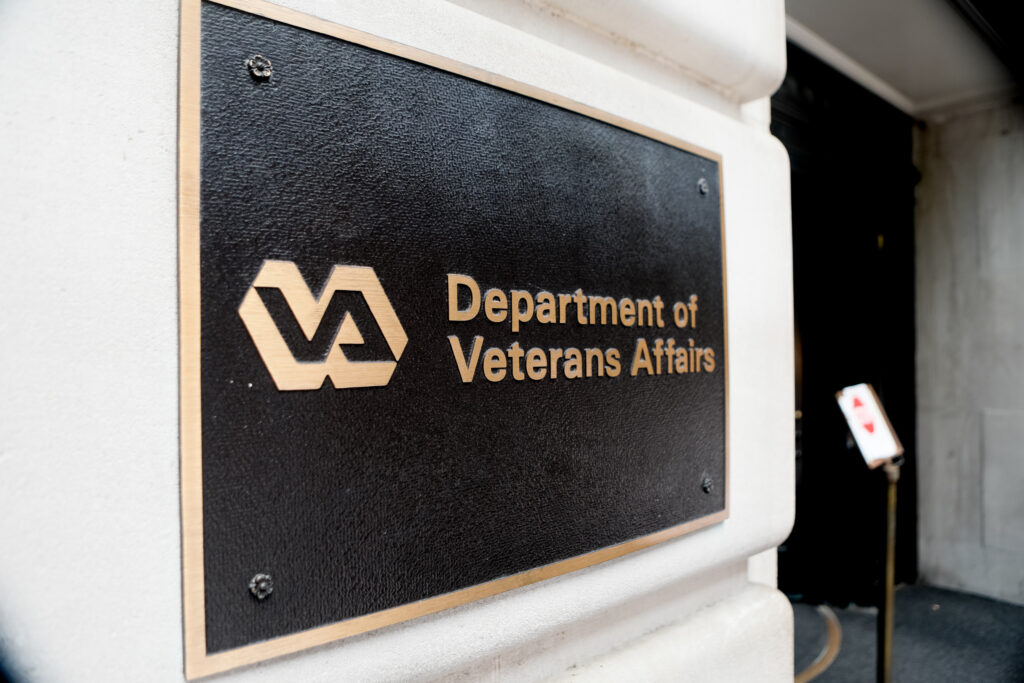Veterans enrolled with the Department of Veterans Affairs can now access non-VA health care more quickly after the agency removed a major approval step.
Why It Matters
Millions of veterans rely on VA health care and face ongoing challenges of access, delays and administrative hurdles. Since 2019, the MISSION Act has allowed veterans to seek non-VA care under specific conditions, but a required secondary review often slows the process.
With the new rule, veterans can access care faster at facilities closer to home or with shorter waiting times, particularly as the VA’s capacity and staffing face increasing pressure amid growing enrollment and recent budget debates.
What To Know
The VA has announced that, effective immediately, veterans no longer need a second VA physician to review and approve their eligibility to receive non-VA health care. Instead, the determination will rest solely on the veteran and their referring VA clinician.
The policy seeks to reduce wait times and administrative bottlenecks for those who meet the criteria for community care as established under existing law.
Veterans are eligible for non-VA health care in certain scenarios, including these:
- It is in their best medical interest.
- The required care is not available at a VA medical facility.
- The veteran resides in a state or territory without a full-service VA facility, and the VA cannot schedule an appointment within required wait time or drive time standards (20 days for primary care, 28 days for specialty care, or travel distances of more than 30 or 60 minutes)
- VA care does not meet quality benchmarks.
VA Cuts
Veterans groups and policy analysts have raised concerns that deeper cuts to staff and resources could push more veterans into non-VA care, potentially increasing costs for the government and affecting care quality.
Like other departments, the VA has not been immune to staffing cuts ordered by the Trump administration as part of a large effort to reduce the size and cost of the federal government. The VA plans to reduce its workforce by more than 17 percent, about 82,000 staffers, according to Reuters.
VA Secretary Doug Collins said the cuts would be achieved without making a dent in health care or benefits to veterans.
Veterans marches were held around the country in March to protest the personnel cuts.
What People Are Saying
VA Secretary Doug Collins said in a May 19 news release: “Under President Trump, VA is providing Veterans with more health care choices than ever before. Now, we’re making it even easier for Veterans to get their health care when and where it’s most convenient for them. We are putting Veterans first at the department, and that means placing a premium on customer service and convenience. This important change will help us do just that.”
Everett Kelley, the national president of the American Federation of Government Employees (AFGE), said in a statement shared with Newsweek in March regarding VA staffing cuts: “The VA has been severely understaffed for many years, resulting in longer wait times for veterans in need. The DOGE plunder of career VA employees, adding to the illegal mass firings of thousands of probationary employees, can only make matters worse. Veterans and their families will suffer unnecessarily, and the will of Congress will be ignored.”
What Happens Next
The VA said health administration staff would be trained to ensure compliance with the updated rules.
Read the full article here
